In the annals of art and political history, few works resonate with the seismic impact of Pablo Picasso’s ‘Guernica’. Born amidst the ashes of a travesty that shook the conscience of the 20th century, this monumental canvas transcends its immediate historical backdrop—the bombing of a Basque town during the Spanish Civil War—to become a universal emblem of war’s atrocities and a clarion call for peace. Piecing together the fragments of that fateful afternoon in 1937, this essay aims to shed light on the potent imagery that ultimately crowned ‘Guernica’ as a timeless sentinel against violence. By dissecting its artistic nuances, tracing its inspirational journey through peace movements, and assessing its undiminished relevance in modern pedagogy and digital media, we embark on a journey that maps the enduring influence of Picasso’s masterpiece on the perennial quest for harmony amidst human conflict.
Historical Context of Guernica
The Epitome of Artistic Mastery and Historical Reflection: Picasso’s Guernica
In the realm of artistic interpretation of political tumult, few works have captivated the scholarly community quite as resoundingly as Pablo Picasso’s Guernica. This masterstroke of cubist expression is not a mere arrangement of abstract forms but a profound historical commentary, shaped by events that have seared themselves into the collective consciousness of the 20th century.
The canvas serves as a testament to the devastating aerial bombardment of Guernica, a Basque town in northern Spain. This tragic event occurred during the Spanish Civil War, a conflict that ravaged the country from 1936 to 1939. The Luftwaffe’s Condor Legion, in support of Francisco Franco’s Nationalist forces, carried out this assault on the 26th of April, 1937. The town, though of limited strategic significance, was reduced to rubble, and civilian casualties were egregious.
Picasso’s work, commissioned for the Spanish display at the 1937 Paris World’s Fair, is an emblem of the horrors of war and an indictment of the senseless brutality inflicted upon innocents. The black, white, and grey palette evokes the starkness of newspaper photography at the time, reflecting the immediacy of the event’s reportage. The painting’s composition is sprawling and chaotic; a maelstrom of despair and shattered lives. A grieving mother cradles her dead child, a fallen warrior lies broken beneath a horse in agony, and a dismembered soldier reaches out to a shattered sword—a poignant allusion to the defeat of the Spanish Republic.
Guernica is not a simple historical record; it is a catalyst for reflection and a scholarly inquiry into the suffering engendered by conflict. It is also a monumental contribution to the field of peace studies and an artistic anchor in the discourse on the impact of civil war on societal integrity and cultural heritage.
The inexorable link between this grand painting and the events that inspired it continues to intrigue academic circles, elucidating the power of art as a means to confront and perhaps comprehend the incomprehensible. Guernica remains a gripping and critical mirror, compelling the observer to confront the past whilst contemplating its pervasive echoes in the present.
In essence, Picasso’s Guernica stands as a silent and solemn sentinel, its aesthetic force undiminished, reverberating through the annals of both art and history as an enduring symbol of the human cost of war.
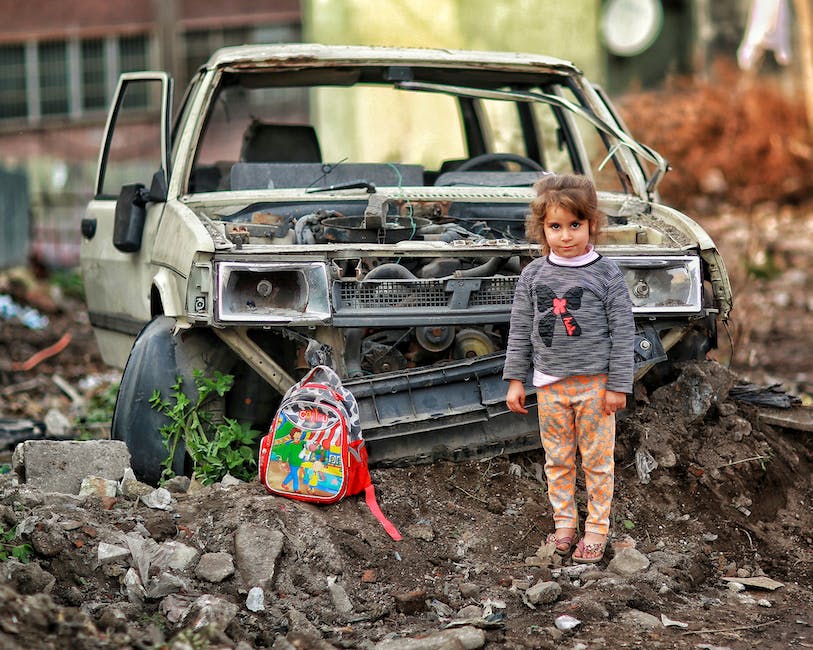
Artistic Analysis of Guernica
In dissecting the poignant conveyance of peace through Pablo Picasso’s masterwork, ‘Guernica,’ one must delve into the subtler elements that underpin its vehement anti-war statement. Picasso, through visual lexicon, skilfully wields symbols as a means to express his pacifist ideology.
Intertwining human and animalistic anguish within Guernica, Picasso’s tableau is rife with representations that deeply resonate with themes of suffering and devastation. For instance, the gored horse at the centre of the canvas becomes a universal emblem of the suffering of all creatures in the throes of conflict. The sprawling, contorted shapes and jagged angles echo the chaos and fragmentation that warfare imposes on both the individual psyche and societal fabric.
Moreover, the inclusion of the light bulb (interpreted by some as the ‘evil eye’) juxtaposed with the outstretched arm holding a lamp underlines a dichotomy between the horror induced by modern technological warfare and the feeble yet enduring human aspiration for illumination and enlightenment. This portrayal may be contended as a nod towards the Rennaisance painters’ explorations of light and shadow yet recontextualized in a harrowing scenario introduced by technological advancement in warfare techniques.
The bereaved figures depicted amidst the ruins convey a message that surpasses mere depiction of grief; their torment is a silent yet deafening plea for peace. There is a raw emotional power captured within their expressions and postures which serves not only as a commemoration of the lives lost but as a compelling advocation against the recurrence of such atrocities.
Bypassing the inclination towards aloofness that is sometimes present in abstract art, Picasso’s work viscerally communicates a narrative that does not alienate the observer but rather pulls them into a dialogue, compelling a reflection on the consequences of conflict. Through ‘Guernica,’ the assertion that peace is not merely the absence of war but the presence of empathy, understanding, and the shared human experience, is potently conveyed.
In the broader spectrum of cultural discourse, ‘Guernica’ has come to epitomize the plea for peace in a universal language that transcends not only linguistic barriers but temporal ones. As a potent social and political commentary embedded in an artistic manifesto, ‘Guernica’ serves both as a historical record and as an enduring call for harmony amidst the global consciousness.
Its legacy lies not in its monumental size or its striking monochromatic palette, but in its ability to capture the perennial human quest for tranquility amid the cacophony of a world intermittently eclipsed by the shadows of warfare. It stands as a testament to the resilience of the human spirit, and a stark reminder of the shared responsibility to foster a world where such expressions of sorrow and appeal are rendered obsolete by a collective commitment to peace.
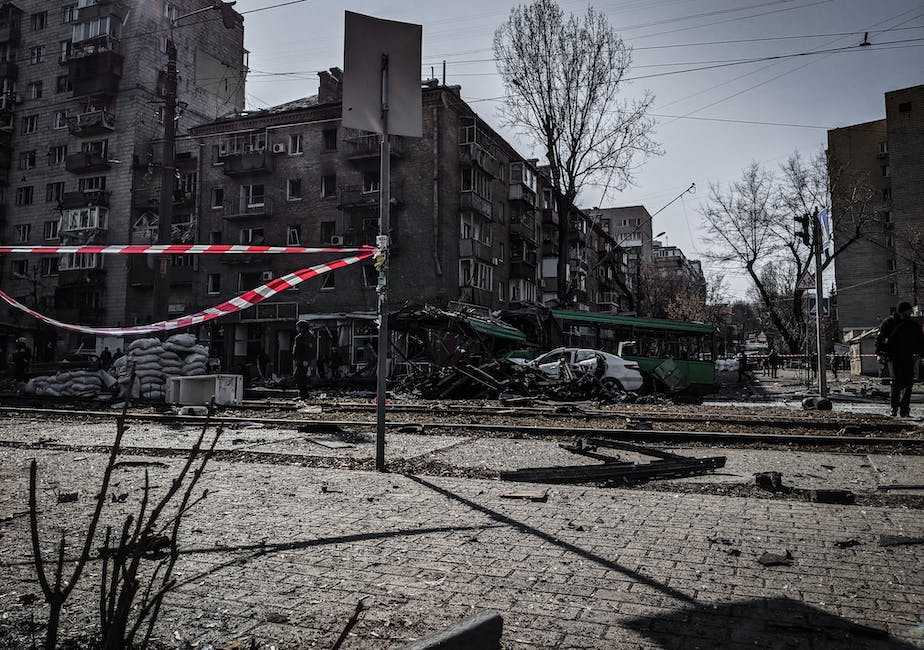
Guernica’s Role in Peace Movements
Picasso’s masterpiece, ‘Guernica’, stands as a formidable entity within the canon of peace movements.
Its powerful imagery, laden with symbols of despair and devastation, beckons a deeper reflection on the detriments of conflict.
The canvas is a tableau of anguish, with intermingled human and animal forms expressing a visceral response to the horrors of war.
Through this amalgamation of torment, Picasso communicates a pacifist ideology that transcends the specifics of the Spanish Civil War.
A salient feature of ‘Guernica’ is its presentation of the stark contrast between the calculated machinery of war and an intrinsic yearning for enlightenment.
The oppressive darkness prevalent in the painting is pierced intermittently by symbols suggestive of a desire for clarity and truth – the small flower, the lamp – emanating hope amidst the relentless gloom of suffering.
Furthermore, ‘Guernica’ honours the deceased and the grieving, a monument to those who have been touched by the savagery of war.
The desolate expressions and postures of the bereaved serve as a compelling plea for peace, engraving upon the conscience of the viewer the ultimate cost of violence.
In doing so, Picasso tasks the observer with the weight of contemplation, instigating a discourse on the irrevocable consequences resultant from human strife.
The profundity of ‘Guernica’ lies not solely in its visceral impact but in its utility as a nonverbal communicative framework, a universal language.
By speaking to the core of human empathy, it unites disparate cultures and individuals in a common understanding of sorrow and the pursuit of harmony.
This quality ensures that ‘Guernica’ transcends the temporal bounds of its creation to retain influence in contemporary cultural dialogues.
‘Guernica’ endures as a testament to the perennial struggle against the discord of war.
Its legacy is cemented within the collective human endeavor for peace, immortalizing the conviction that tranquility is a communal heritage to be ardently preserved.
In conclusion, ‘Guernica’ is as relevant today as it was in the past, continually galvanizing peace movements with its unrelenting message that peace is not merely a lack of war, but a shared task of nurturing and defending the light of human dignity and life.
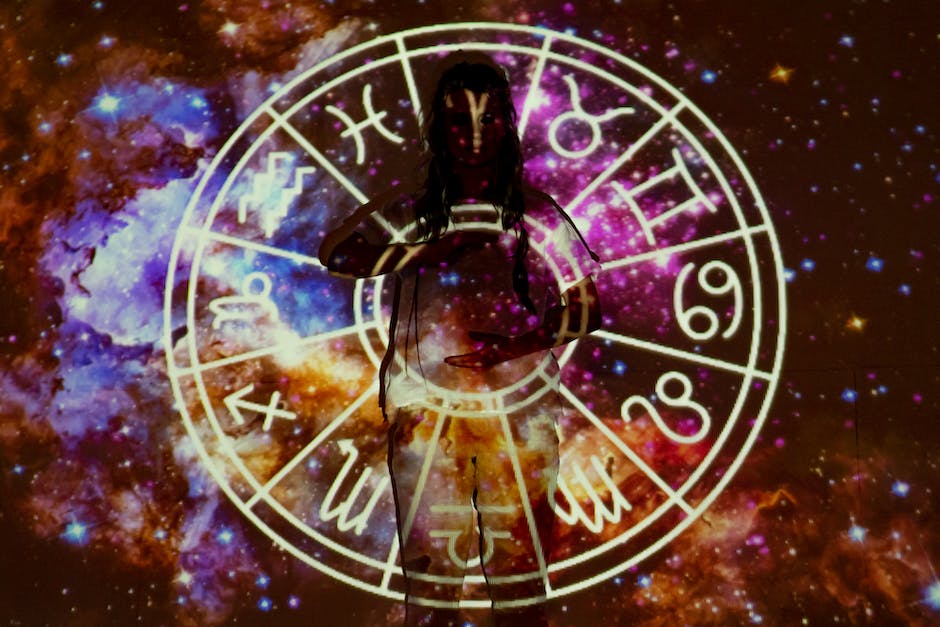
Cultural Legacy and Educational Value
The Utilisation of Guernica in Educational Frameworks and Its Cultural Implications
In the realm of art and history, ‘Guernica’ stands not merely as a masterpiece of visual communication, but as an essential component in the education on cultural memory and conflict resolution. Drawing on its rich tapestry of symbols, Pablo Picasso’s ‘Guernica’ acts as an educational tool, fostering an understanding of history, politics, and ethics among pupils and scholars alike.
The effective use of imagery in ‘Guernica’ transcends traditional language barriers, providing a universal avenue for engagement with historical events. Educators leverage this visual narrative to introduce complex topics of war and peace, engaging learners in a dialogue that often extends beyond the realm of academia into their moral and ethical spheres.
Within this canvas, the stark contrast between the brutal mechanics of warfare and the human aspiration for wisdom and enlightenment becomes a springboard for discussion on the ever-evolving nature of conflict and the persistent human yearning for progress despite adversity. Confronting the twisted metallic forms and shattered structures within the painting, the audience can grasp the devastation wrought by modern technological advancements when applied inhumanely.
‘Guernica’ also plays a critical role in reinforcing the remembrance of historical atrocities. Bereaved figures are not mere characters; they are silent witnesses calling for peace and commemorating the countless lives lost to senseless violence. Such poignant representations serve to humanize historical narratives, making the past more accessible and emotionally resonant for learners.
The painting’s inherent capacity to evoke introspection is invaluable within an educational setting. It prompts students to ponder the aftershocks of conflict, encouraging an empathetic recognition of war’s impact and fostering a conscientious global citizenship.
Furthermore, the universal language of ‘Guernica’ undeniably enriches cultural discourse. As it transcends linguistic and geopolitical boundaries, ‘Guernica’ offers a shared visual vernacular for discussing war’s desolation, peace’s imperativeness, and humanity’s interconnectedness in the face of shared challenges.
Lastly, its legacy as an emblem of the human struggle against war, and the pursuit of tranquility, echoes in the corridors of peace movements and diplomatic discussions alike. ‘Guernica’ is not merely art; it is a beacon calling societies to defend and promote human dignity and life.
Through its piercing examination of the human cost of conflict, ‘Guernica’ serves as a perpetual testament to the notion that peace is not a passive state to be hoped for, but rather an active responsibility to be jointly nurtured and defended by humanity. Its integration into educational frameworks and cultural debates fortifies this message, reminding us all that the guardianship of peace remains an endeavour as urgent now as it was in the era of ‘Guernica’s’ creation.
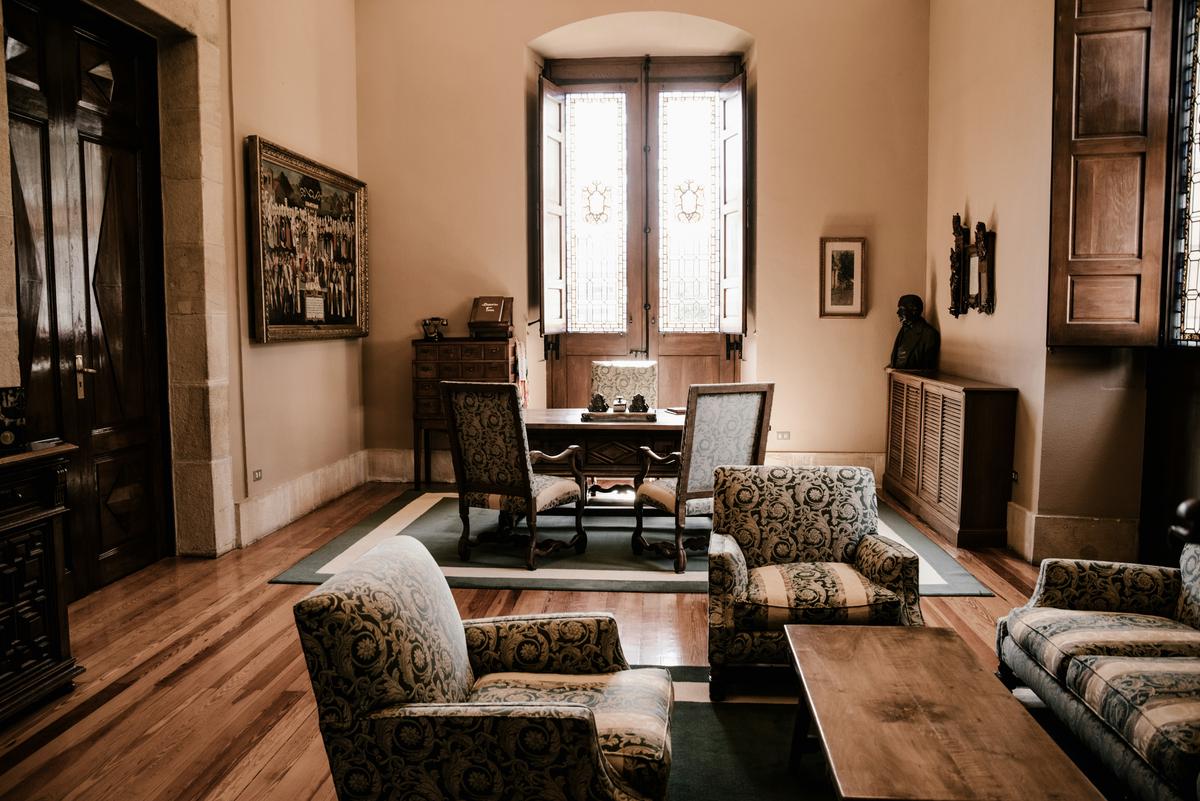
Guernica in the Digital Age and Contemporary Reception
In the interconnected expanse of the digital landscape, the resonance of “Guernica” by Pablo Picasso extends beyond its canvas barricades, interfacing with technology to invigorate its message and solicit new dialogues. The dissemination of “Guernica” in virtual environments has broadened access, inviting varied interpretations and accentuating the painting’s role in contemporary engagement with history and peace.
Digital platforms task themselves as guardians and purveyors of “Guernica’s” message, ensuring the artwork’s versatility in addressing the enduring tragedy of conflict. Through the convenience of digital archives, classrooms have adapted “Guernica” into their pedagogic resources, explicating conflicts from a humanitarian viewpoint. The palpable suffering ensconced within Picasso’s imagery provides a multifaceted gateway to discussions surrounding the casualties of war, the ethical considerations of violent conflict, and the philosophical ponderings on humanity’s recurring destructive paths.
The translation of “Guernica” through mediums such as interactive websites and virtual reality experiences confers upon the audience the means to dissect its symbolism with a newfound immediacy. The granularity of this digital scrutiny allows for exploration into each anguished figure and abstracted form, accentuating the interplay between the concrete reality of the historical event and the abstract representation of torment and desolation. These are didactic tools that democratise the analysis of fine art, historically the purview of the erudite, enabling learners from every quarter to partake in the critical examination of monumental works.
In digital art forums and social media, the iconicity of “Guernica” encourages artistic endeavours that echo its thematic bursts, ranging from reinterpretations to homage. User-generated content inspired by Picasso’s magnum opus propagates its anti-war ethos, allowing “Guernica” to transcend cultural boundaries and infuse into the collective consciousness of online communities. Each reinterpretation and homage adds to a global conversation—an expansive dialogue that surfaces in hashtags, visual compositions, and textual reflections.
Furthermore, the incorporation of “Guernica” into the coding of digital activism exemplifies how the artwork meshes with modern-day peace pursuits. Online campaigns against aggression and violence frequently reference the painting, tapping into its potent visual rhetoric to amplify their cause. This perpetuation of “Guernica’s” peacekeeping spirit bolsters awareness and rallies support, harnessing the prodigious connectivity of the digital era to faciliate collective action.
Concludingly, the characterisation of “Guernica” within the digital era reinforces its status as an immutable emblem of peace, enduring in its confrontation of human atrocities despite the shift in medium. The digital realm, in all its fluid connectivity, has not diminished the artwork’s gravitas; on the contrary, it has bolstered its accessibility and infused contemporary substance into its historically anchored roots. Picasso’s haunting opus persists, challenging and inspiring, forever casting its indelible shadow on the interface of peace and conflict in the human saga.
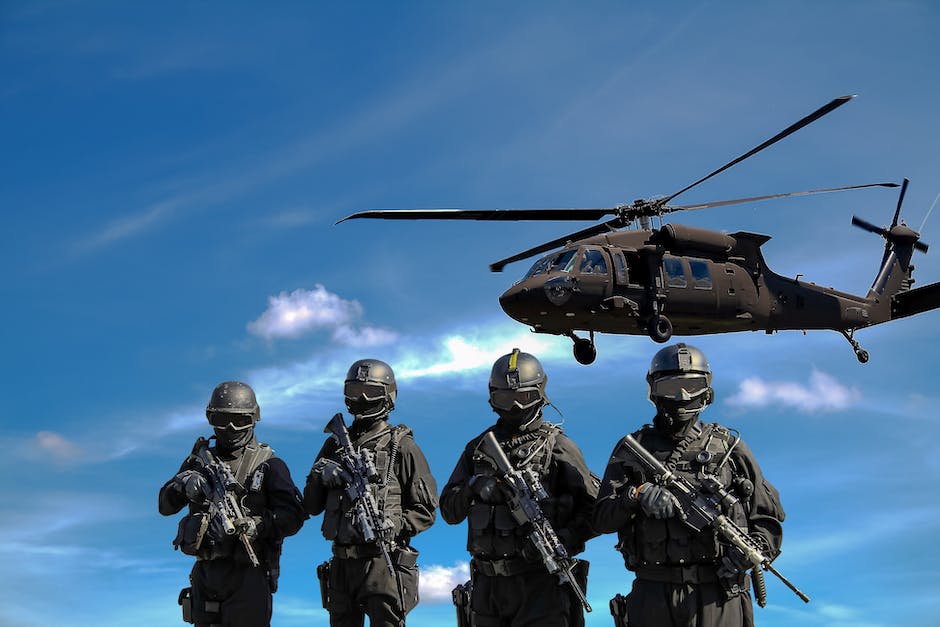
As we navigate the complexities of the contemporary world, the echoes of ‘Guernica’ still resound as a formidable beacon of peace. Through its stark monochromatic tableau, Picasso’s outcry against war has traversed time, infusing cultural identities and educational paradigms with a relentless drive towards reconciliation and non-violence. The indelible sorrow etched into the painting’s figures reaches out from history, reminding us of the timeless agony of human conflict and the enduring aspiration for peace. By fostering understanding and nurturing collective memory across generations, ‘Guernica’ remains an invaluable artefact not only for the conscience of the past but also as a guiding light for future contemplations on the fragility and the paramount value of peace.






















